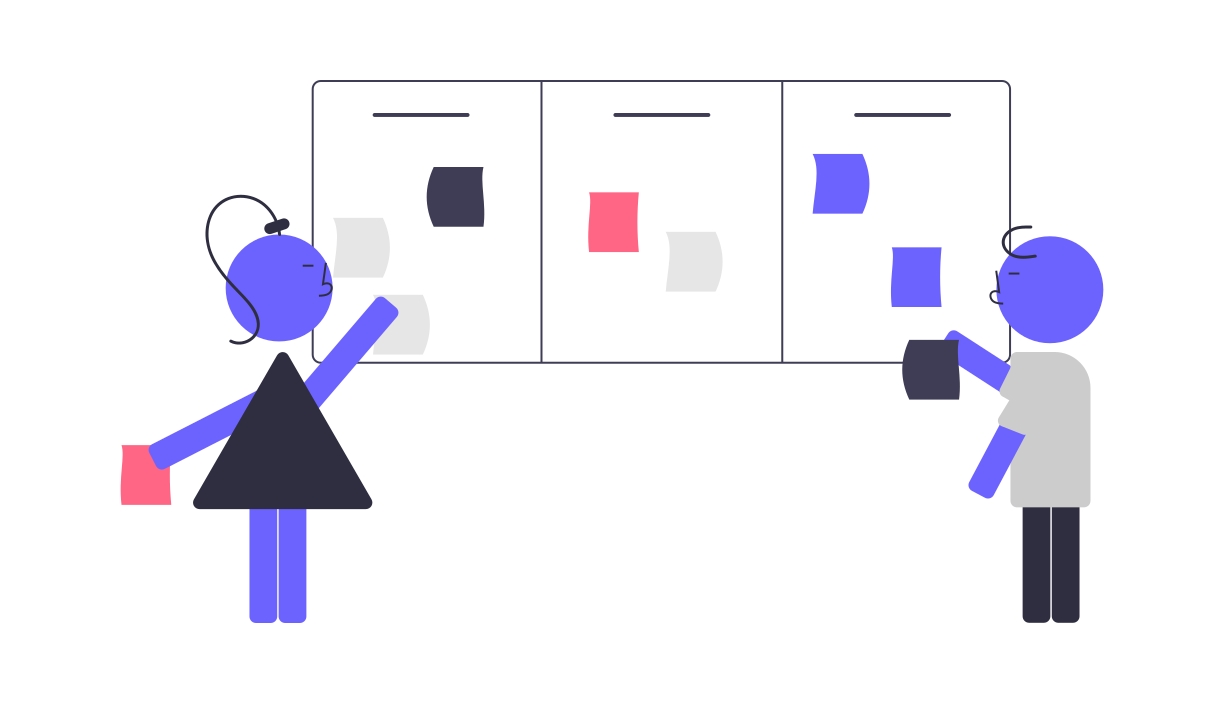In the ever-evolving landscape of marketing, understanding your audience is key to crafting compelling messages that resonate. While traditional methods like demographic and behavioral segmentation focus on who your customers are and what they do, psychographic segmentation goes a step further. It delves into the why behind consumer behaviors, examining their attitudes, interests, values, and lifestyles. This deeper understanding can unlock more effective and personalized marketing strategies.
Defining Psychographic Segmentation
Psychographic segmentation is a technique used to categorize consumers based on their psychological attributes. These attributes include:
- Attitudes: Beliefs and feelings towards products, services, or brands.
- Interests: Hobbies, activities, and passions that occupy consumers’ time and attention.
- Values: Core principles and standards that guide consumer behavior.
- Lifestyles: Daily activities, social interactions, and overall way of living.
By analyzing these factors, marketers can gain insights into what motivates their audience and how to connect with them on a more meaningful level.
The Importance of Psychographic Segmentation
- Deep Personalization: Understanding the psychological drivers of your audience allows for more tailored messaging that resonates on an emotional level. This can significantly improve engagement and conversion rates.
- Enhanced Customer Loyalty: By aligning your brand values with those of your customers, you can build stronger relationships and foster long-term loyalty.
- Improved Product Development: Insights into consumer values and interests can inform product innovations that better meet the needs and desires of your target audience.
- Competitive Advantage: Gaining a deeper understanding of your audience can help differentiate your brand in a crowded market, offering unique value propositions that appeal to specific psychographic segments.
How to Implement Psychographic Segmentation
- Conduct Surveys and Interviews: Gather qualitative data through surveys and interviews to understand the attitudes, interests, and values of your audience. Questions should delve into lifestyle choices, preferences, and motivations.
- Leverage Social Media and Online Behavior: Analyze social media interactions and online behaviors to gather insights into what interests and motivates your audience. Social media listening tools can help track trends and sentiments.
- Use Psychographic Profiling Tools: Utilize tools and platforms that offer psychographic profiling based on consumer data. These tools can help segment your audience into distinct psychographic groups.
- Integrate Data with CRM Systems: Combine psychographic data with existing CRM data to create comprehensive customer profiles. This integration can enhance your ability to deliver personalized marketing campaigns.
- Develop Targeted Content and Campaigns: Create marketing content and campaigns that speak directly to the psychographic traits of your audience segments. Tailor your messaging to reflect their values, interests, and lifestyles.
Challenges in Psychographic Segmentation
While psychographic segmentation offers numerous benefits, it also presents challenges:
- Data Collection: Gathering accurate and comprehensive psychographic data can be resource-intensive. It requires a combination of qualitative and quantitative research methods.
- Analysis Complexity: Analyzing psychographic data can be complex and requires sophisticated tools and expertise to interpret the insights correctly.
- Dynamic Nature: Psychographic traits can change over time, influenced by societal trends and personal experiences. Continuous monitoring and updating of data are necessary to maintain relevance.
Conclusion
Psychographic segmentation provides a profound understanding of what drives consumer behavior, offering valuable insights that can elevate your marketing efforts. By tapping into the psychological landscape of your audience, you can create more engaging, personalized, and effective marketing strategies. Embrace this approach to not only meet the needs of your customers but to connect with them on a deeper, more meaningful level.


